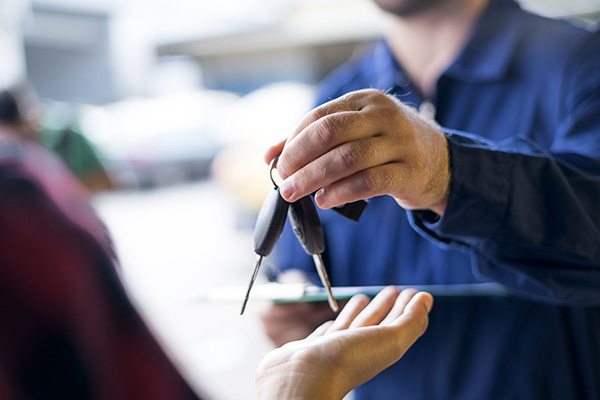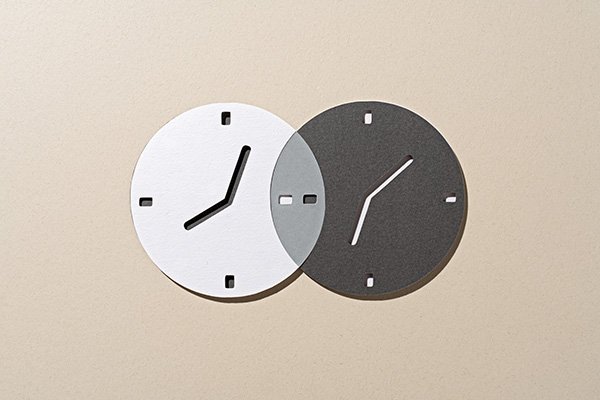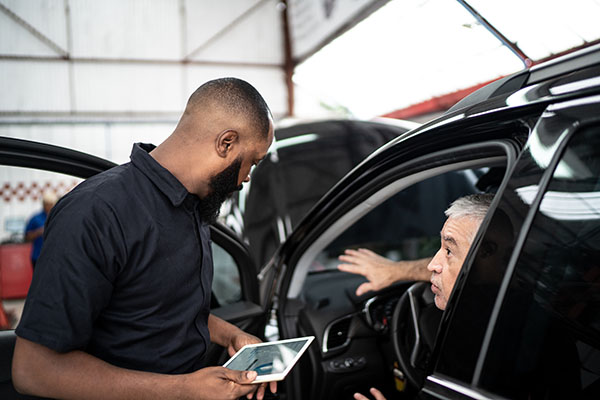3 Tips to Build a Better Check-In

Article Highlights:
- Learn how to better prioritize check-ins for the customer and advisor.
- Utilize feedback to adapt to both staff and customers’ needs.
Service check-in is a foundational part of every service visit, but when is the last time you stopped to evaluate the process? Your service advisors work hard to create relationships with customers, communicate seamlessly and effectively, and ensure ROs are written efficiently and accurately. Your advisors are the irreplaceable backbone of interacting with your customers for the service department. If you could make their lives a little easier, while also making more money, it’d be a perfect world, right? Let’s look at three ways to build a better check-in and make that a reality.
Streamline data collection
Your advisors spend hours every day manually inputting and validating customer information. But that isn’t a responsibility that has to live with them. Wouldn’t it be more efficient to get the info straight from the source… the customer himself? By using a tool or a system that empowers the customer to input and verify basic information – like phone and email address – your advisors could get back hours to their day, allowing them to focus on selling recommended jobs and following up with customers. Gather the data via software ahead of the appointment or by using a kiosk to greet and check-in customers when they arrive.
Most customers actually prefer filling out their own contact information, either in advance of an appointment or at a kiosk when they arrive at the service department. Think about it—no one enjoys reciting their email address at the check-in desk while the advisor types it up. It is better to get this sort of “easy stuff” out of the way so customers can talk to your advisors about their real concerns – whether that’s a question about the rattling noise they’ve been hearing or a request for a loaner car.
Prioritize the customer experience
Imagine the customer who’s bringing their car in before work at eight in the morning. For them, your service hours are (in many cases) directly competing with their work hours. They want to get in and out as quickly as possible, which is hard to do if they have to wait in a long check-in line to hand over their keys or ask a quick question.
Your customers want to feel like their time is valued, and they don’t want to leave feeling like they lost time and didn’t get their questions answered. You can build a better check-in by ensuring your process prioritizes customer information and transparency. Try providing customers with information like an expected completion time or the estimated price even if they don’t think to ask. A kiosk can take care of the mundane, minor updates, while your advisor adds value to their experience with relevant and important information.
Meeting customers where they are (more technology) + the information they crave = better satisfaction.
Seek feedback and adapt
The easiest way to improve your check-in process is to seek feedback and advice from the people doing it every day, your service advisors. Take the time to observe them on the drive, and ask what’s taking up most of their time and causing the most stress. Chances are they’ll have some ideas on how to mitigate some of the challenges and make the service lane experience better. Growth is constant and customer expectations are rapidly changing, shaped by experiences with digital, real life, and blended experiences from other industries. Being able to adapt as processes and customer needs shift is imperative to keeping customers and employees satisfied.
At the end of the day you want your service advisors to feel empowered to do their job, and do it well. With these tips, take a look at your current processes and see where there might be opportunity for offering self-service, streamlining the customer journey, or implementing staff feedback. By reevaluating and refining, you’ll quickly see the benefits for everyone.
Related Articles:

True Story: Night and Day Service Scheduling
What establishments do you frequently visit? They know you – your name, address, details from your last visit. Why shouldn’t your dealership be the same?

Managing Missed Appointments in Your Service Department
Are you properly handling the missed appointments in your service department?

Bringing Balance to the (Work) Force: Jedi Tactics for Defeating a…
As we celebrate May the 4th, let’s look beyond the stars and into our service departments, where a challenger nearly as daunting as Darth Vader…

3 Reasons You Need a CRM in Your Service Drive
If you’re not currently using a customer relationship management (CRM) tool in your service department, you’re probably wondering if it’s worth having. I present the…















